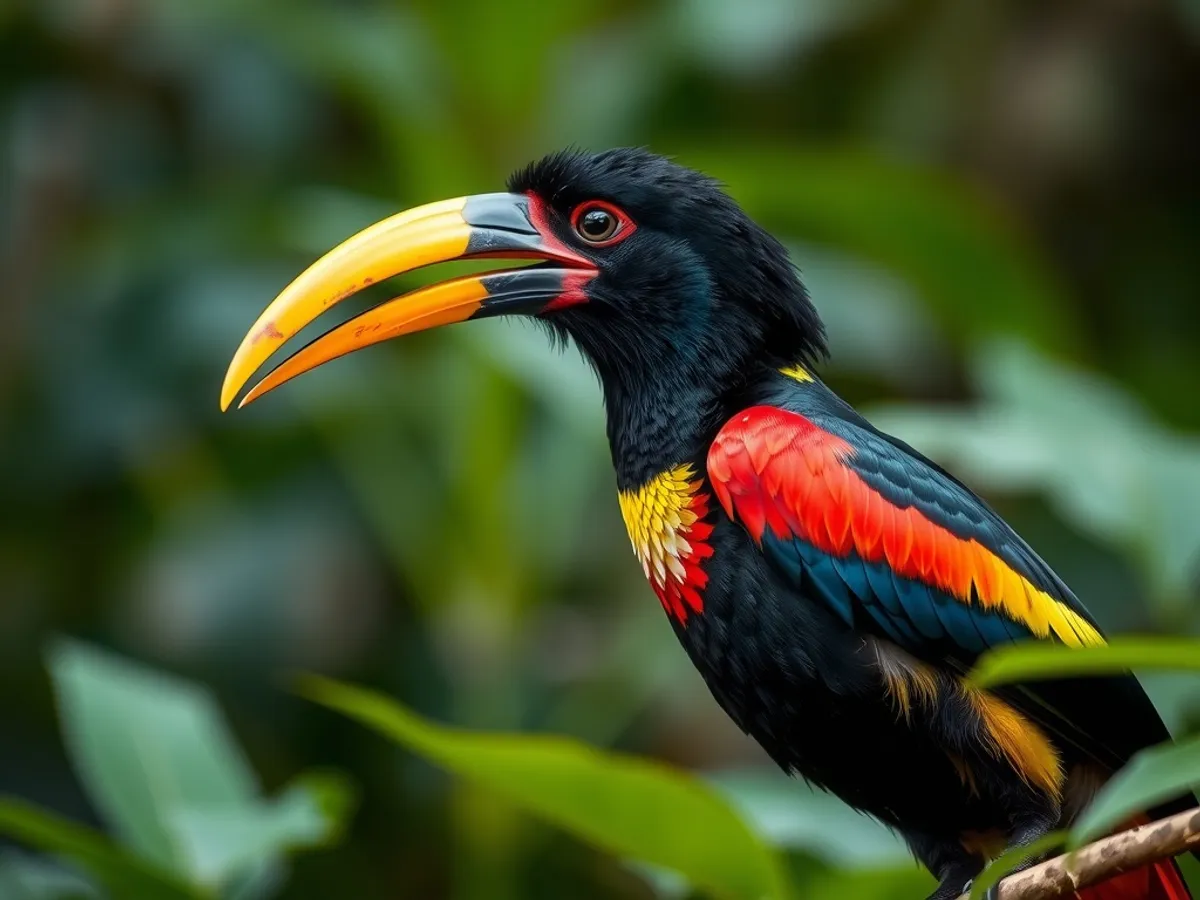
Collared Aracari
Pteroglossus torquatus
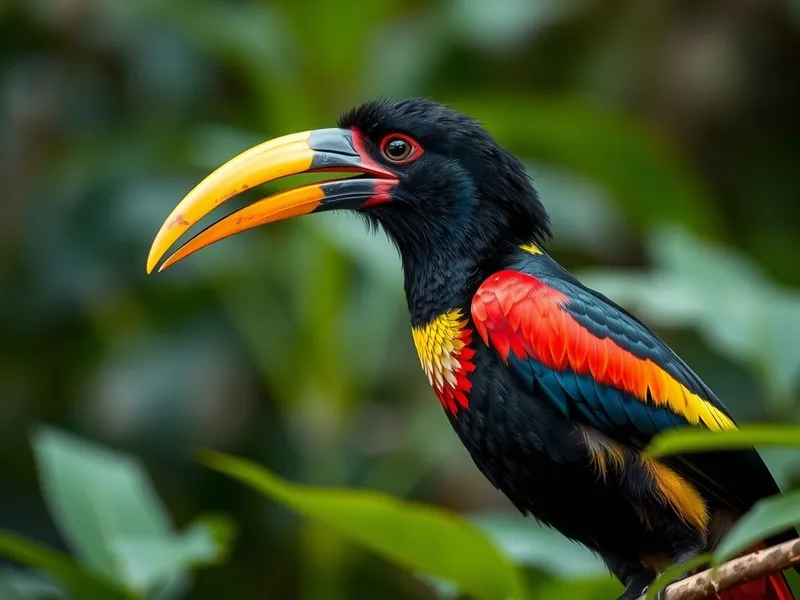
Meet the Collared Aracari
The Collared Aracari is a striking medium-sized toucan native to Central and northern South America. It is easily recognized by its colorful plumage, featuring a black head and chest, yellow underparts, and a distinctive red band across its belly. Its long, narrow bill is serrated and dramatically patterned, aiding in foraging for fruits and small animals. These birds are highly social, often seen in small flocks moving noisily through the rainforest canopy. The Collared Aracari plays an important role in seed dispersal, supporting the health and diversity of its forest ecosystem.
Classification
Bird
Habitat
Lowland and montane tropical forests
Diet
Omnivore
Lifespan
15-20 years
Conservation
Least Concern
Weight
190-275 grams
📖Fascinating Facts
Fruit Lovers
The Collared Aracari primarily eats fruit but supplements its diet with insects, eggs, and small vertebrates when available.
Communal Sleepers
These birds often roost together in tree cavities, huddling closely for warmth and protection at night.
Seed Dispersers
By eating fruit and excreting seeds far from the parent tree, Collared Aracaris help maintain the health and diversity of tropical forests.
📋Detailed Description
The Collared Aracari (Pteroglossus torquatus) is a medium-sized toucan, measuring 38–41 cm (15–16 in) in length and weighing between 175–275 g (6.2–9.7 oz). It is distinguished by its striking coloration: a glossy black cap, nape, and upper breast, a bright yellow face and underparts, and a prominent red band across the belly. The upperparts are olive-green, and the tail is black with a chestnut tip. Its most notable feature is the long, narrow, and serrated bill, which is black above and yellowish below, marked with intricate patterns unique to each individual. The bare skin around the eyes is bright yellow, enhancing its vivid appearance. Collared Aracaris are highly social, typically found in groups of 6–15 individuals, often moving in loose flocks through the forest canopy. Their vocalizations are sharp, high-pitched calls and rattles, used for communication within flocks. This species is primarily frugivorous but also consumes insects, small vertebrates, and eggs, making it an important seed disperser in its ecosystem. They are agile climbers, using their zygodactyl feet to maneuver through branches. Roosting communally in tree cavities, they exhibit cooperative behaviors, such as mutual preening and group defense against predators. The species ranges from southern Mexico through Central America to northern Colombia and western Venezuela, inhabiting humid lowland and foothill forests up to 1,200 m (3,900 ft) elevation.
💡 Did you know?
Despite their vibrant colors and noisy calls, Collared Aracaris are often hard to spot among the dense foliage of the rainforest.
🔬Research & Sources
Wikipedia Summary
The collared aracari or collared araçari is a near-passerine bird in the toucan family Ramphastidae. It is found from Mexico to Colombia and Venezuela.
Last Modified: 5/2/2024
🎭Behavior & Social Structure
Collared Aracaris are diurnal and spend most of their day foraging in the mid to upper canopy, rarely descending to the ground. Their diet consists mainly of fruits from a wide variety of plant species, but they opportunistically feed on insects, lizards, nestling birds, and eggs, especially during the breeding season when protein demand increases. They use their long bills to reach fruit on thin branches and to probe into crevices. Socially, they are gregarious and maintain complex group dynamics, often engaging in allopreening and cooperative vigilance. Flocks communicate with a repertoire of sharp 'pseek' and rattling calls, and they may mob potential predators. At night, groups roost together in tree cavities, sometimes squeezing up to seven birds into a single hole, which provides warmth and protection.
👶Reproduction & Life Cycle
Breeding occurs from January to May in Central America, varying slightly with latitude and local climate. Collared Aracaris are cavity nesters, utilizing natural tree holes or abandoned woodpecker nests, typically 2–30 m (6.5–98 ft) above ground. Clutch size ranges from 2 to 5 white eggs. Both parents share incubation duties, which last about 16–17 days. After hatching, both adults and occasionally older siblings (helpers) feed the chicks, regurgitating fruit and small prey. The nestling period is about 26–30 days, after which fledglings remain dependent on adults for several weeks. Cooperative breeding, where non-breeding individuals assist with chick rearing, has been observed and is thought to enhance reproductive success.
🛡️Adaptations & Survival
The Collared Aracari's long, serrated bill is a key adaptation, allowing it to access fruit on slender branches and to handle a variety of food items. Its zygodactyl feet (two toes forward, two backward) provide a strong grip for climbing and perching. The species' bright plumage likely plays a role in social signaling and mate selection. Communal roosting and cooperative breeding are behavioral adaptations that enhance survival by improving predator detection and increasing reproductive output. Its digestive system is adapted for rapid fruit processing, facilitating efficient seed dispersal.
📚Research Sources
🎨Cultural Significance
In local cultures throughout Central America, the Collared Aracari is often regarded as a symbol of the vibrant rainforest and is featured in ecotourism marketing. While it does not hold the same mythological status as larger toucans, it appears in indigenous folklore as a messenger or a playful forest spirit. Its striking appearance makes it a favorite among birdwatchers and nature enthusiasts, contributing to conservation awareness and local economies through birding tourism.
🔬Recent Research & Discoveries
Recent research has focused on the Collared Aracari's role in seed dispersal networks, demonstrating its importance in maintaining forest diversity and regeneration. Studies using radio telemetry and stable isotope analysis have revealed detailed movement patterns and dietary preferences. Genetic analyses are ongoing to clarify subspecies boundaries and population structure across its range. Behavioral studies have documented cooperative breeding and complex social interactions, providing insights into the evolution of sociality in toucans. Long-term monitoring projects are assessing the impacts of habitat fragmentation and climate change on population dynamics.
🎥Wildlife Videos

Saguaro - The Unexpected Beauty of America's Forgotten National Park | Free Documentary Nature
Saguaro - The Unexpected Beauty of America's Forgotten National Park | Wildlife Documentary Watch 'Yosemite - America's Most ...
Free Documentary - Nature
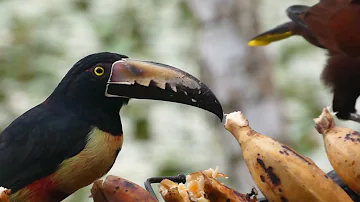
Collared Aracari: Fast Facts
Learn all about the Collared Aracari in this short video!
Badgerland Birding Extras
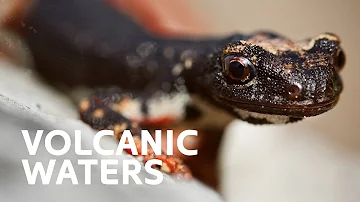
Creatures Of The Volcano
A million years ago, Italy was shaped by violent volcanic activity that created mountains and destroyed valleys in a lifeless world.
All Out Wildlife

The Skills Of Smart Birds | DOCUMENTARY
The Skills Of Smart Birds - These child prodigies of the animal kingdom have feathers and beaks – and very special skills!
Travel Universe

Collared Aracari. Panama fruit feedercam, Oct 10 2020
Source :https://explore.org/livecams/birds/panama-fruit-feeder Little toucan.
Geert588
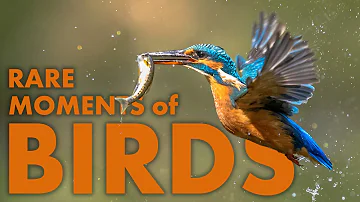
AMAZING LIFE OF BIRDS | Full Wildlife Documentary
This video is dubbed in 8 languages: Welcome to Amazing World of Birds — a ...
Wildlife Film Central
🌍Habitat Information
The Collared Aracari typically inhabits Lowland and montane tropical forests environments. Collared Aracaris have adapted to their environments with specialized features and behaviors.
Primary Habitat:
Lowland and montane tropical forests
More detailed habitat information will be available soon.
🛡️Conservation Status
The Collared Aracari is currently classified as Least Concern. Conservation efforts are crucial for preserving this species for future generations.
Common Threats:
- 🏠Habitat loss and fragmentation
- 🌡️Climate change impacts
- 🎯Hunting and poaching
- 🏭Human-wildlife conflict
⚠️Threats & Conservation Challenges
While currently listed as Least Concern by the IUCN, the Collared Aracari faces threats from habitat loss due to deforestation, agricultural expansion, and urbanization. Fragmentation of forests can isolate populations and reduce nesting sites. The species is sometimes targeted for the pet trade, though not at levels threatening population viability. Climate change poses a long-term risk by altering forest composition and fruiting phenology. Despite these challenges, the species remains widespread and locally common, with stable population trends in many areas.
🔬Scientific Classification
Scientific Name
Pteroglossus torquatus
Classification Hierarchy
🔍 About Taxonomic Classification
Taxonomic classification is a hierarchical system used by scientists to classify and organize living organisms based on shared characteristics and evolutionary relationships.
The system moves from broad categories (Kingdom) to increasingly specific ones, with each animal's scientific name typically consisting of its Genus and species.
📝Community Notes
Share your observations and insights about the Collared Aracari with our community of wildlife enthusiasts.
Join Our Community
Sign in to share your observations and connect with fellow wildlife enthusiasts.
Sign In to ContributeNo community notes yet
Be the first to share your observations about the Collared Aracari!
Explore Collared Aracari
Select a tab above to learn more about this amazing animal.
📸Photo Gallery
No photos available for this animal yet.
🌟Discover More Wildlife
Continue your journey of discovery with more fascinating animals from our database
